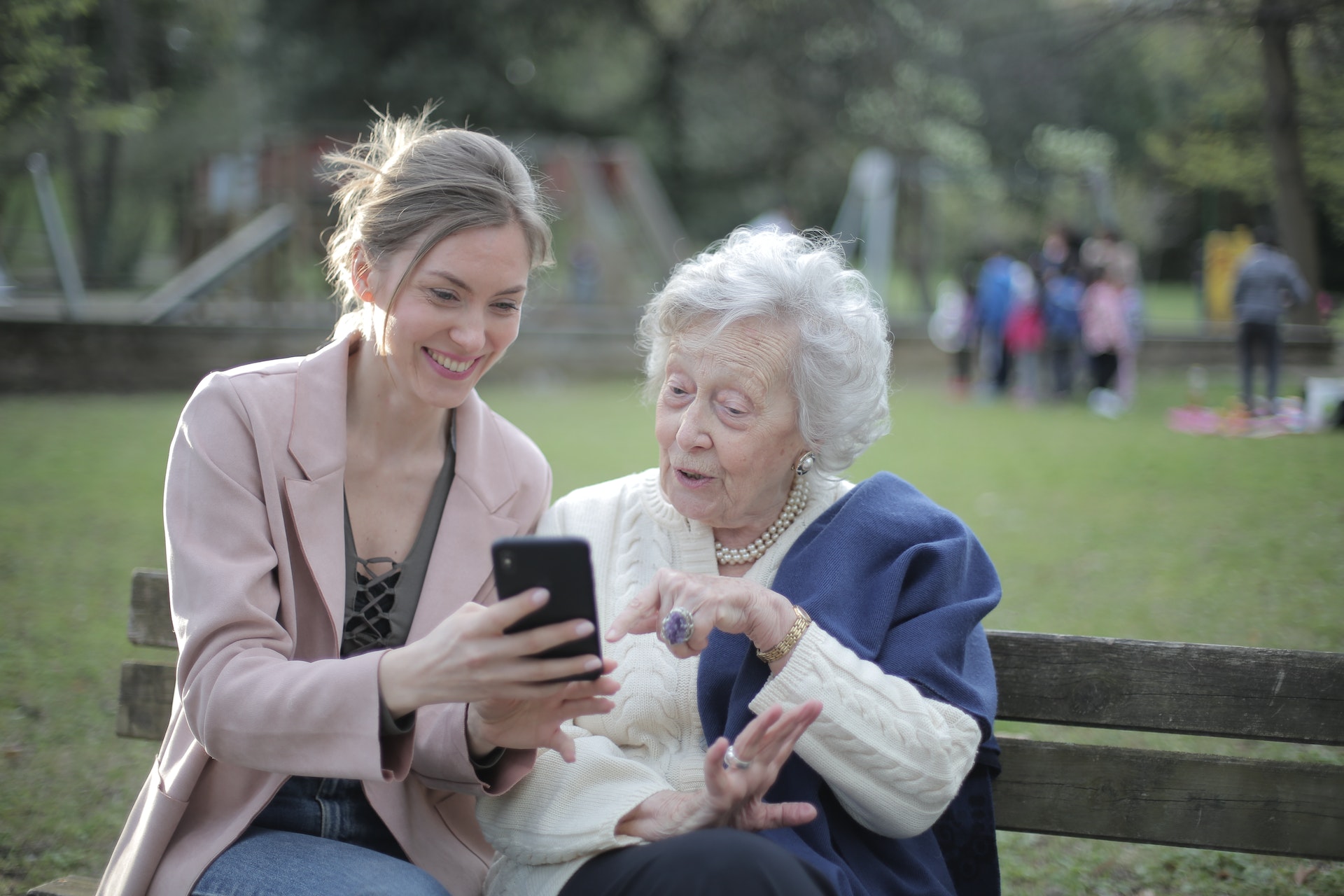Is Advertising Killing Granny?
October 31, 2022

Senectus morbidus est (“Old age is a disease.”)
- Seneca, 4 BC-AD 65
Ageism – the prejudice or discrimination on the grounds of a person's age – is as old as age itself. And it is always a hot button. Two recently published research studies confirm this yet again.
The Journal of the American Medical Association (JAMA) published a report in 2022 about research that examined the prevalence of everyday ageism.
A similar study, the National Poll on Heathy Aging, conducted by Ipsos Public Affairs LLC and the University of Michigan’s Institute for Healthcare Policy & Innovation was published in 2020. It, too, investigated the impact of ageism on older adults.
At the risk of mixing the results from the two studies, here are some painful facts about ageism in America:
- Everyday ageism is prevalent among 93.4% of Americans, 50-80 years old.[1]
- 65.2% report seeing, reading or hearing jokes about old age, aging or older adults everyday.[2]
- 38% report hearing, seeing and/or reading things suggesting that older people and aging are unattractive or undesirable.[3]
- Older adults who spent more time watching television, browsing the internet, and/or reading magazines were more likely to report being exposed to three or more forms of ageism every day. (Among those older adults who spent four-plus hours a day viewing media, 49% reported seeing 3+ forms of ageism daily.)[4]
Furthermore, both studies make the point that ageism experienced by older Americans is associated with poor physical and mental health. And while the JAMA study did not determine whether experiences with everyday ageism preceded the development of poor health or vise versa, empirical research suggests that ageism is associated with greater changes in health than the other way around.
Advertisers are some of the biggest purveyors of ageism, whether it’s Betty White and Abe Vigoda playing in a touch football game “like a couple of really old people” in a Snickers commercial or grandma lying on the ground crying “Help! I’ve fallen and can’t get up!” in Life Alert ads. Obviously, older folks are easy targets for young ad creators, who dominate today’s advertising agency creative departments.
A Self-fulfilling Prophesy
Researchers have determined that positive perceptions about aging produce positive consequences for older adults, while negative perceptions about aging produce harmful consequences:
- Longevity – Based on one 23-year study, seniors with positive self-perceptions of aging lived 7.5 years longer than those with negative perceptions.
- Illness – Seniors with positive perceptions about aging saw decreases in physical illnesses over a six year period versus increases among seniors with negative perceptions, according to a study of 1,286 people over six years.
- Functional Health – Seniors with negative perceptions of aging displayed greater limitations in activities of daily living (ADLs) over a three-year period versus those who had positive aging perceptions.
- Brain Health – Older adults with negative age perceptions displayed greater signs of risk factors for Alzheimer’s disease than those with positive perceptions.
- Psychological Wellbeing – Seniors with negative aging perceptions reported greater increases in depression versus those with positive aging perceptions.
- Health Behaviors – Older adults with positive perceptions about aging engage in more physical activity than those with negative perceptions.
Everyday ageism – especially that which is delivered through advertising and the media – is a significant contributor to the harmful factors described above. And it may be the first major type of discrimination some white adults have ever experienced – and this just may lead to a greater sensitivity to ageism than other racial/ethnic groups might experience!
It is clear that advertising – specifically ads that lack a sensitivity to the feelings of aging adults – can create a negative impact on those aging adults. The fact is, many younger ad creators just don’t get it! From their perspective, an aging adult is needy or useless – or both. Hence, they “talk down” to that older adult, and maybe even make fun of him or her. Because that’s how they see them.
Recognizing that 34% of all Americans are over fifty years old, this is a huge consumer segment that is being alienated by media in general, and advertising in specific. Marketers that recognize this will enjoy a huge advantage over those competitors that continue to present ageist messages to this very large and valuable market segment.
[1] Experiences of Everyday Ageism and the Health of Older US Adults; JAMA Network Open; 6-15-2022
[2] Ibid.
[3] National Poll on Heathy Aging; Ipsos/Univ. of Michigan; 6-13-2020
[4] Ibid.





